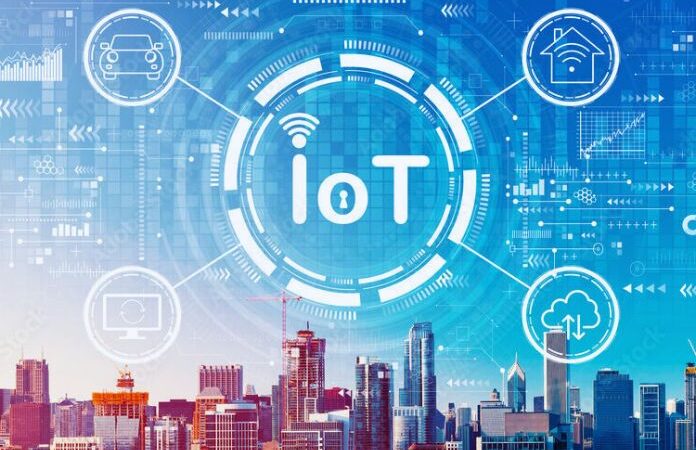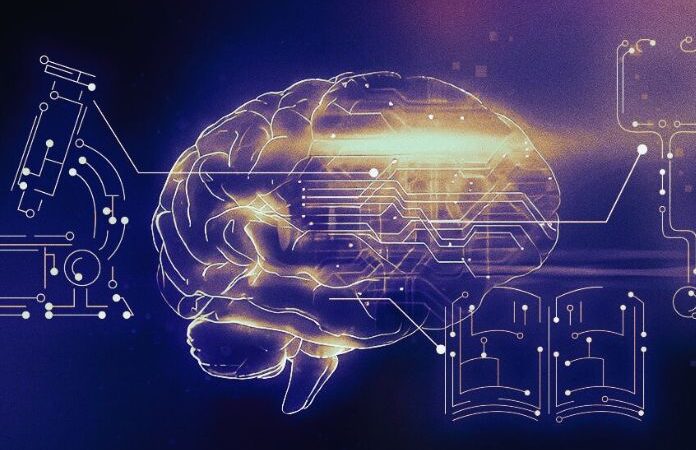What Are The Smart Home’s Problems, And How Can They Be Solved?

Smart Home’s Problems : IoT devices and home automation are generally simplifying millions of people’s lives. The latest generation of smart homes allows you to take advantage of solutions in pursuing comfort, organization, and management possibilities never seen before. At the same time, even the most potent smart homes risk generating problems from time to time: from connection problems to logistical ones.
From budget issues to privacy issues. Fortunately, it is possible to apply solutions to the above problems with a pinch of attention, insight, and spirit of initiative. One of the first obstacles that stop novice users is usually the connection.
IoT devices must be connected to a single network to function and interact with each other. This assumption translates into two primary operations: the first is to remember to click the devices to the same Wi-Fi. The second is to check that the devices in question are compatible with your home band: smart objects capable of connecting to a 2.4 GHz Wi-Fi band may not be able to connect to a 5 GHz Wi-Fi band, and vice versa. The main problems related to home automation and IoT devices are connectivity, logistics, budget, and privacy.
Logistic ones, on the other hand, are often false problems. Many home automation solutions do not involve invasive interventions in your home: from smart appliances to security systems.
The same goes for budget problems. The market offers dozens and dozens of smart objects that cost tens of euros, such as light bulbs and smart adapters. Finally, the privacy issues. IoT devices often store sensitive data and therefore risk being attacked by external attackers. Fortunately, even in this case, it is possible to run for cover quickly. For example, be careful not to use too simple passwords. Remember to equip the devices with different passwords to increase the general level of your IT security.
Risk Factors And Solutions
The scientific community has mainly identified two macro-areas of potential danger to date. The first is linked to risks of a more technical nature. IoT systems still have several “gray areas” in which it is necessary to intervene to improve the conditions of use. From this point of view, it is possible to give a concrete example: think of a smart refrigerator that notifies the expiration of food on the smartphones of various family members. This seemingly harmless situation presents a whole host of problems. One above all: two different people could receive the same notification. This means that they may end up buying the same food.
A problem of relative importance, which, however, allows us to understand how important it is to continue developing smart objects and increasingly intelligent systems. The second danger area is more conceptual and linked to the safety and protection of the user’s privacy. Millions of people perceive two aspects, especially in this historical moment, as fundamental.
Home automation and IoT have apparent advantages and risk scenarios related to losing sensitive information. Smart homes, home automation systems, and, more generally, IoT devices already analyze a lot of information.
An impressive amount of data, which, over the years, is destined to increase further. This constant passage of sensitive information between smart objects brings obvious potential dangers: things, devices, and systems run the continual risk of being attacked and compromised. This could be as much an external breach as a systematic error. In both cases, the result would be the same: the loss of private information is often significant. Smart TVs usually automatically store many different user login credentials. Likewise, other apps often access sensitive data, such as home banking.
As you can easily guess, losing control of this data could be very dangerous. Not to mention the fact that “sensitive data,” in some cases, also means personal information relating to health or civil status. That’s why even developers working in the home automation sector reflect on security issues daily: they plan solutions to make the smart homes of digital ecosystems crisis-proof. From this point of view, the challenges of tomorrow will develop above all in four different branches. The first is that of devices. The second is that of communication, the third is that of the cloud, and the fourth is that of the user interface.
Also Read : Google Chrome Tricks






